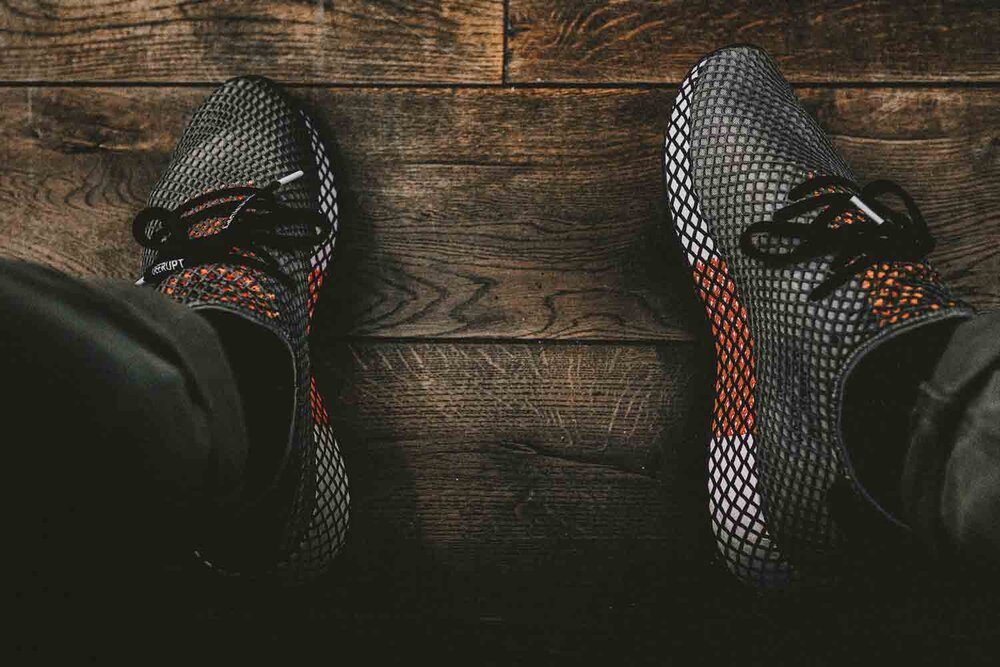Secure Your Gait: Finding The Right Running Shoes

By: John Mackenzie
It can be overwhelming to find your next pair of running shoes – especially when you don’t know anything about your needs and the types of shoes available to fit those needs.
Where to Start
We’ve all been there: our athletic shoes are looking a little worse for the wear and seem to be less comfortable than when we first bought them. Easy problem with an easy fix, right? If you have stepped into a shoe or athletic store recently, you know that this is rarely the case because of the dizzying array of options.
From a purely esthetic standpoint, one must consider colors, brands and styles but these criteria exclude special considerations, such as arch support, heel thickness or a non-slip grip, which are all important if a fireman wants to perform best in his or her fitness training. What should be a quick run to the shoe store turns into a whole-day affair because the wrong pair can cause you injury or affect your performance.
What Type of Shoes Should You Buy
A dedicated marathon runner needs a different shoe from someone who plays basketball on an indoor court every weekend. Will they be used mainly on a smooth floor indoors or rough outdoor gravel? Will they be for all day, everyday use or just for a weekly aerobics class? All of these factors will affect how the shoe wears over time. For example, although a concrete floor will do less damage on a shoe as opposed to a rougher surface, walking on concrete for long periods of time can be particularly difficult on the knees so a shoe with thick soles and plenty of arch support is favorable.
Do You Know What Type of Gait You have?
Pronation is a fancy term that describes the way your feet move when walking, running or jumping. There are generally three types of walkers: neutral pronators, overpronators and under pronators. As the name suggests, neutral pronators walk with evenly distributed weight as their foot rolls from heel to toe. Overpronators tend to walk with more weight towards the inner edge of the foot and under pronators the opposite, with their weight tending to concentrate on the outer edge of their foot.
You can find out what kind of pronator you are by looking at your old athletic shoes. Those colorful treads and designs at the bottoms of shoes are not purely there for looks — they can actually hold clues to your gait. Do you notice an area that is worn down more than others? That could be an indication that you over or under pronate. The majority of the population are neutral pronators, so the average running shoe will be just fine. Regular shoes also work for most under pronators. Only severe overpronators need assistance from their shoes. Stability shoes are recommended for those who tend to slightly overpronate as they have stability controls which help with side-to-side motion. If you have a more serious issue you may have to seek out motion control shoes, which are only for the most serious cases of overpronation. They offer ample support to the arch as well as stiffer heels.
Choice is a Good Thing
Don’t be intimidated by the sheer amount of choice during your next trip to the shoe store. Know that there are so many options for a reason. After you have determined what you will be using these shoes for and what kind of gait you have, you are well on your way to choosing your next new favourite pair of athletic shoes.
Photo by Rihards Dicis
Podcast
Contests & Promotions
















